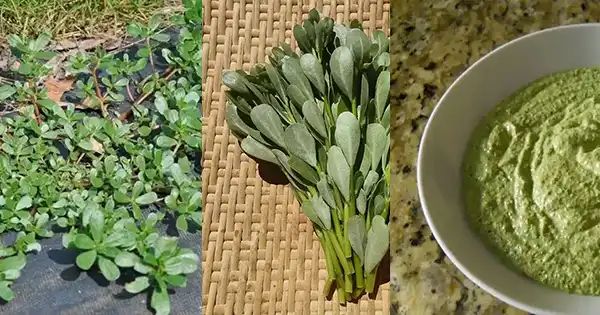
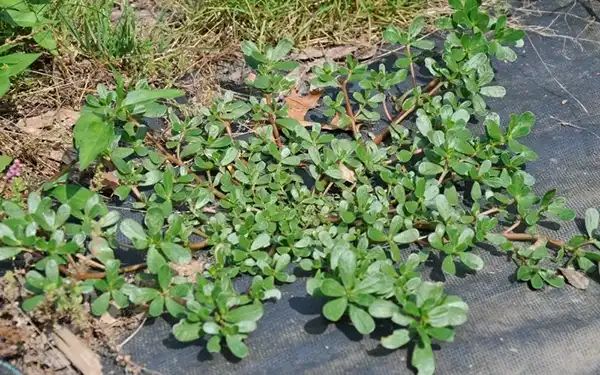
Are you looking for a valuable addition to your garden? Look no further than purslane! Once considered a nuisance, this extraordinary plant is now highly sought after in farmer’s markets and esteemed restaurants. Not only does purslane offer numerous health benefits, but it also delights the palate with its unique flavor.
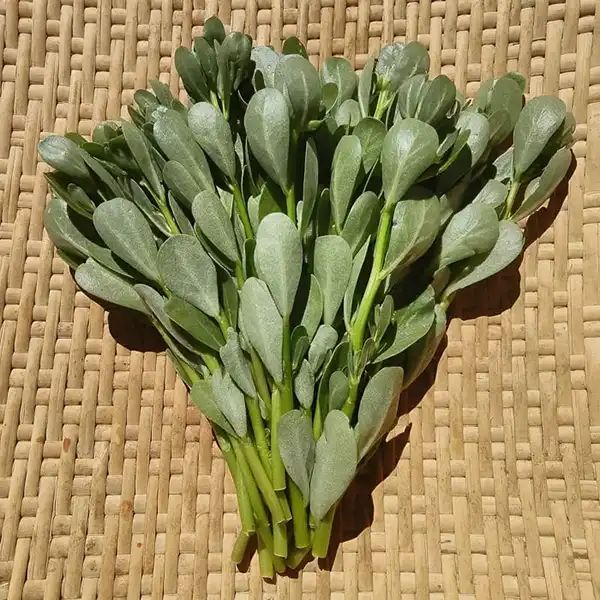
Purslane, also known as hogweed and pigweed, is making a comeback. Named a superfood, this hardy plant has caught the attention of renowned figures such as Mahatma Gandhi. In fact, Dr. Artemis Simopoulos, the president of the Centre for Genetics, Nutrition, and Health, calls it a “miracle plant.” She discovered that purslane has the highest levels of Omega-3 fatty acids among all green plants.
The succulent teardrop-shaped leaves of purslane are not only packed with antioxidants, vitamins, and minerals, but they also boast a refreshing lemony taste with a hint of peppery zing. Sergio Vitale, the chef-owner of Aldo’s Ristorante Italiano in Chicago, grew up savoring purslane in southern Italy and describes it as a culinary delight.
Although purslane was enjoyed by early Americans, its popularity declined in the early 1900s. Thankfully, farmers, foragers, and innovative chefs have reignited their interest in this advantageous weed. Now, it’s time for you to explore the wonders of purslane in your own garden!
When using wild purslane, make sure to thoroughly wash the plant to remove any pesticide residues. Its tart and mildly salty flavor makes it an excellent addition to salads and various dishes. And if you’re feeling adventurous, why not try this simple recipe for Purslane and Basil Pesto?
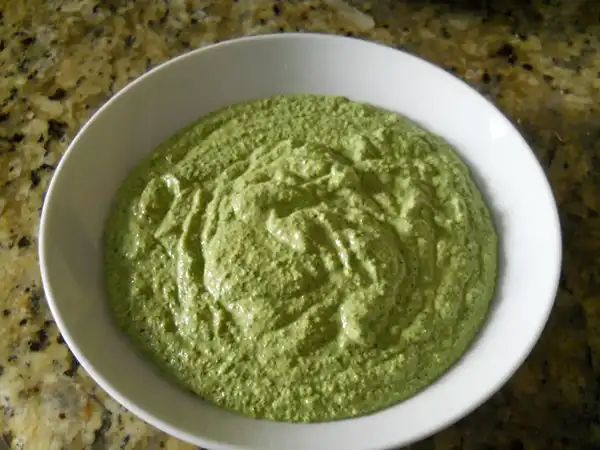
Ingredients:
- 2 cups young Purslane leaves and stems, rinsed and roughly chopped
- 45g basil leaves, rinsed
- 1 clove of garlic
- 45g toasted almonds
- Juice from half a lemon
- 50ml olive oil
- Salt and pepper to taste
Instructions:
- Combine Purslane, basil, garlic, almonds, and lemon juice in a food processor.
- Pulse until the mixture is well combined.
- While the processor is running, slowly drizzle in olive oil until the mixture emulsifies.
- Season with salt and pepper according to your taste.
- Enjoy this flavorful pesto on toasted sandwiches, roasted vegetables, meat, or tossed with pasta.
Now, let’s explore the incredible nutritional benefits of purslane:
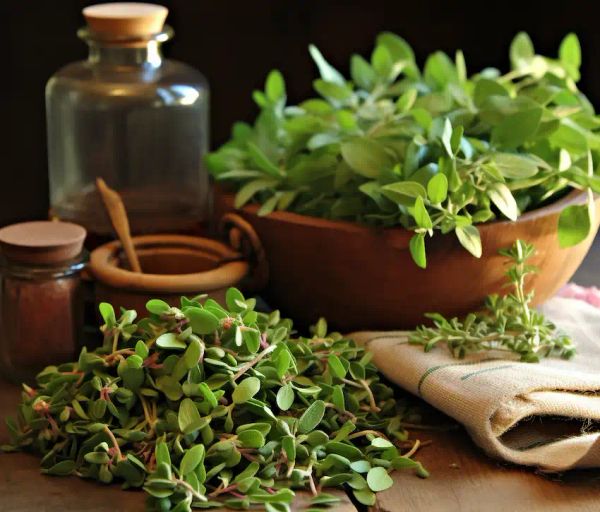
- Omega-3 Fatty Acids: As a plant-based source of essential fatty acids, purslane is crucial for brain and heart health, especially for vegans.
- Antioxidants: Packed with antioxidants like glutathione, purslane helps protect cells, fight damage, and slow down the aging process.
- Minerals: With significant levels of calcium, magnesium, potassium, iron, phosphorus, manganese, copper, folate, and selenium, purslane bridges gaps in the Standard American Diet and promotes overall well-being.
- Vitamin C: A significant supplier of immune-boosting vitamin C, which contributes to a strong and resilient immune system.
- Beta-carotene: Abundant in purslane, beta-carotene acts as a precursor to vitamin A, addressing common deficiencies.
- Melatonin: Unlike most plants, purslane contains melatonin, a hormone vital for sleep regulation, making it a valuable natural source.
- Cholesterol Reduction: Thanks to betalain, an antioxidant found in purslane, it helps prevent cholesterol damage to blood vessels and positively influences LDL cholesterol levels.
- Tryptophan: Purslane contains tryptophan, a crucial amino acid that aids in mood regulation and fights depression.
Embrace the marvels of purslane and savor its medicinal and culinary rewards. From its Omega-3 richness to its melatonin content, this versatile plant has much to offer for your well-being and taste experiences alike.



